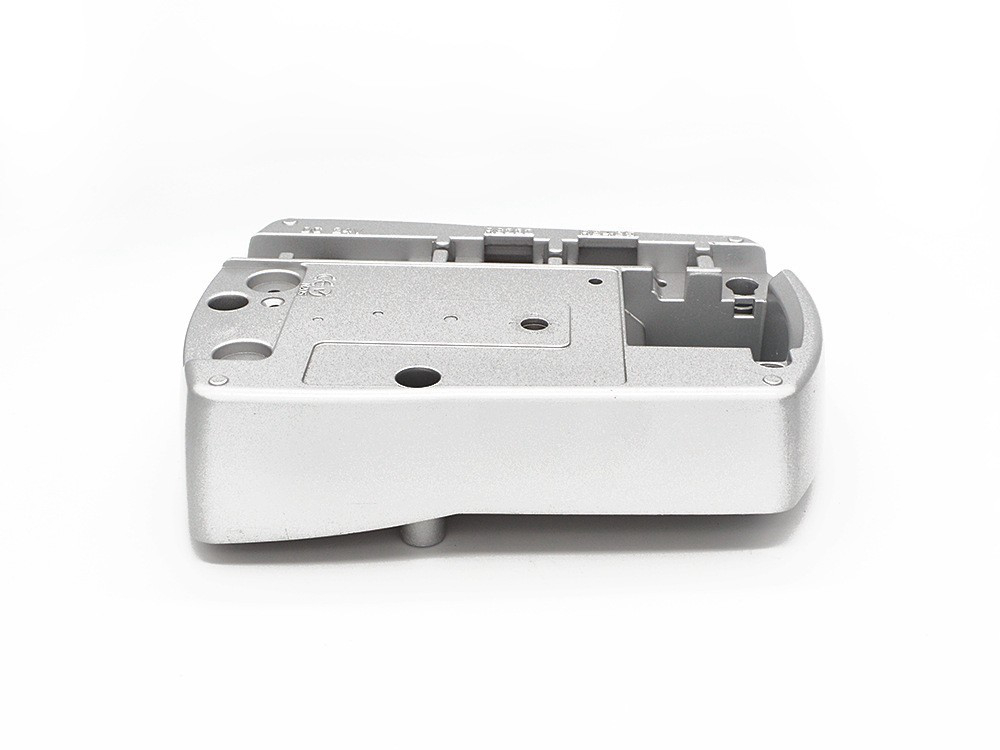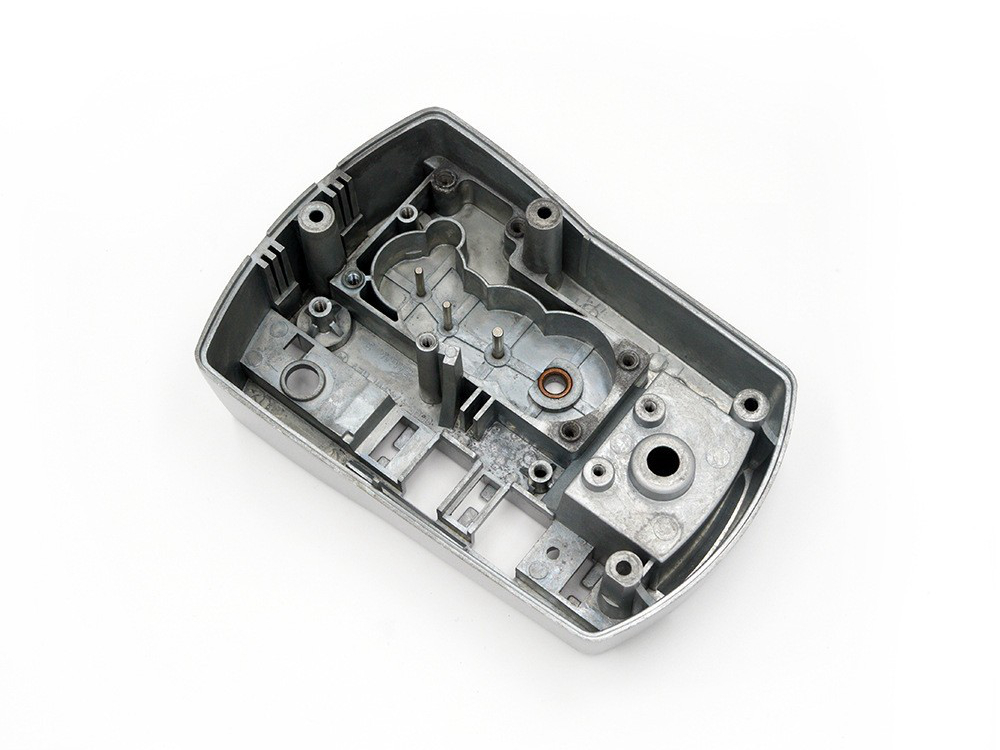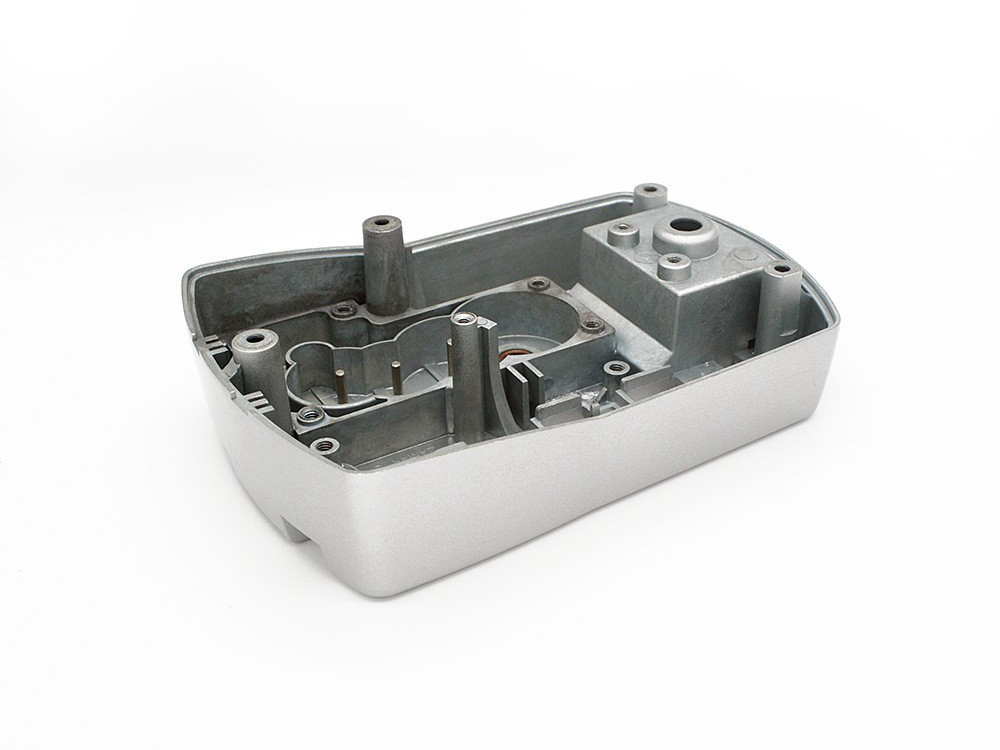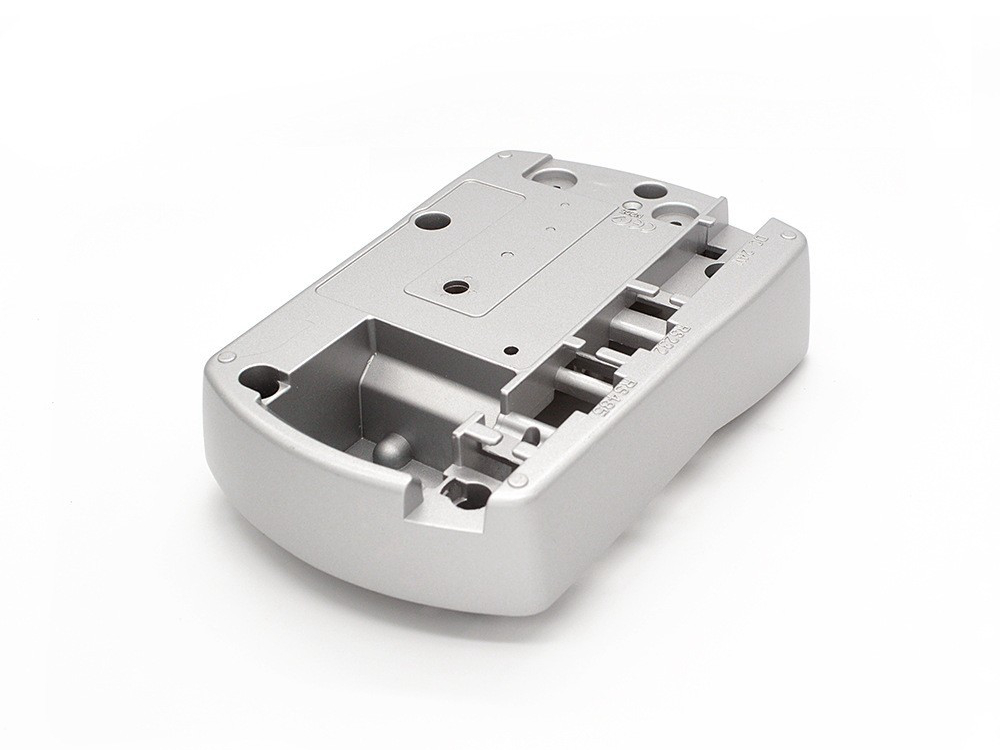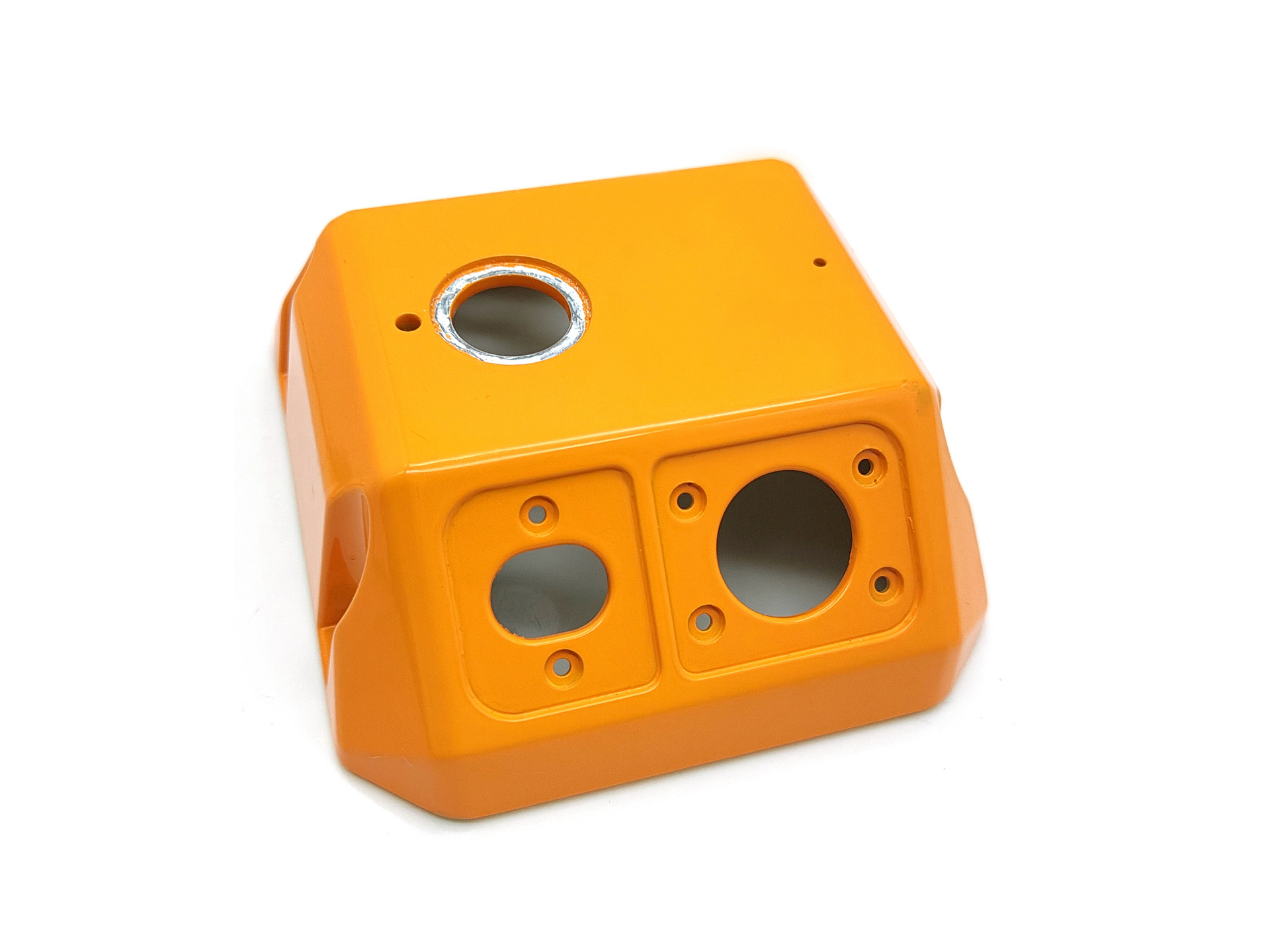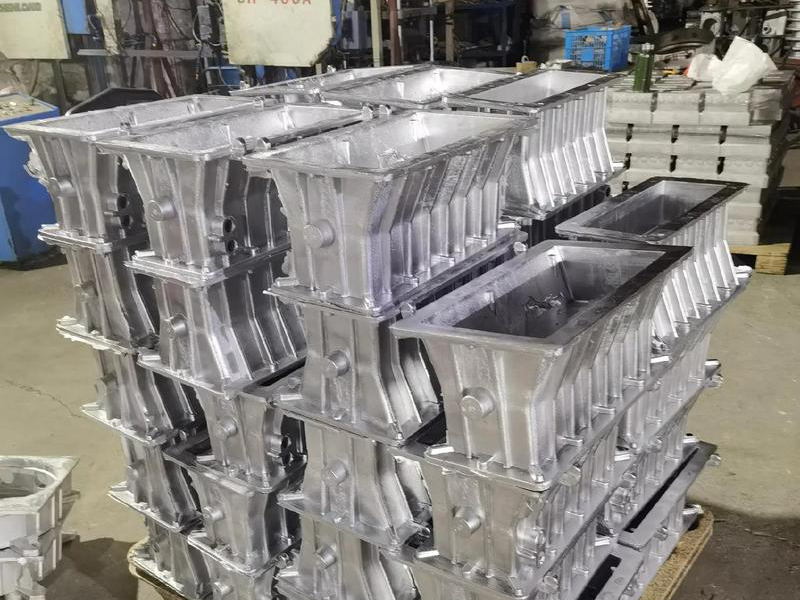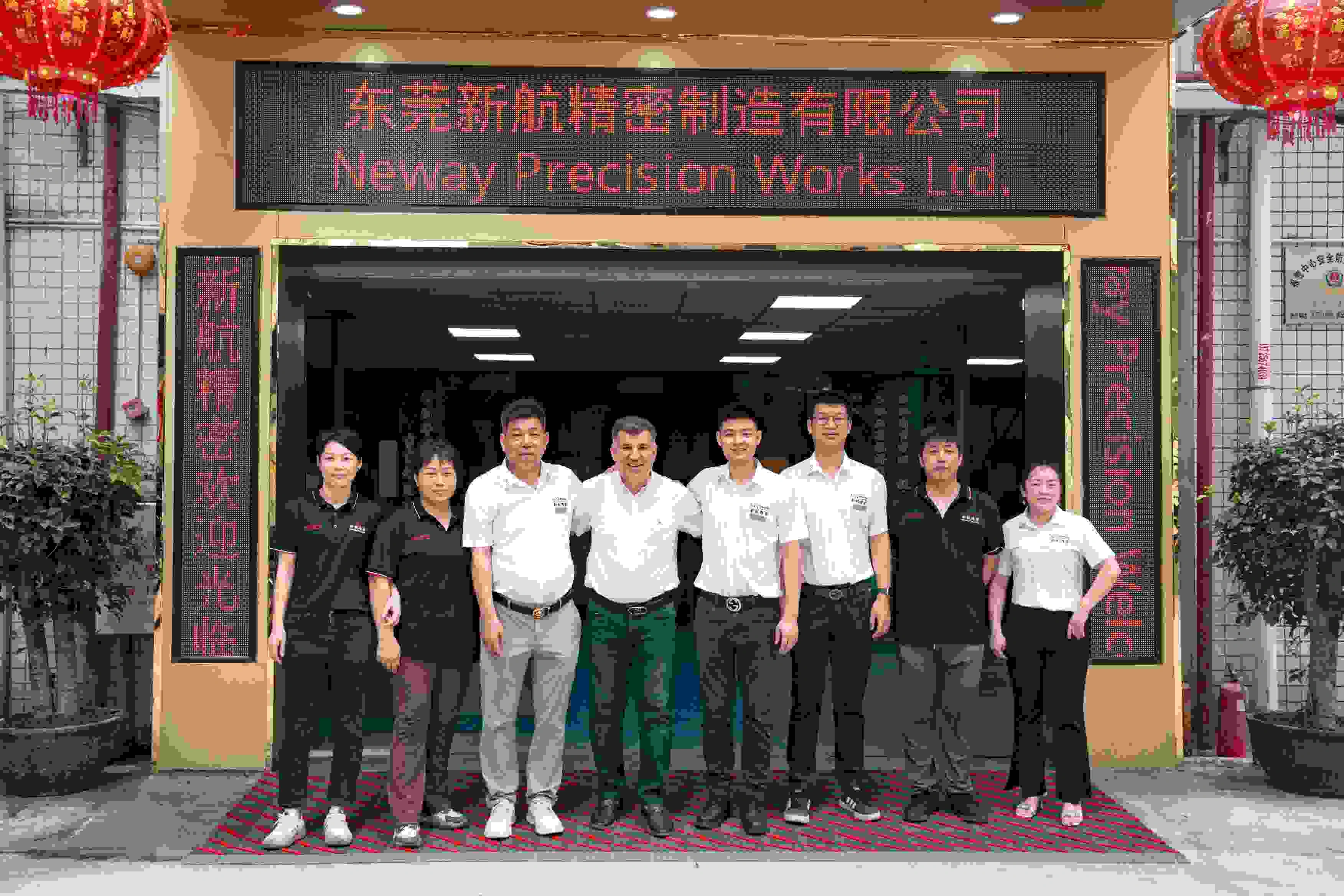Surface Finishing Options for Aluminum Die Casting: Comparison and Cost Guide
Introduction: The Role of Surface Finishing in Aluminum Die Casting
Surface finishing is a critical step in the aluminum die casting process, significantly affecting part durability, corrosion resistance, and appearance. With applications ranging from automotive housings to consumer electronics, aluminum die-cast components require surface treatments tailored to their functional and aesthetic needs.
This guide compares the most common aluminum die casting surface finishes and provides insight into their typical costs, benefits, and use cases. Engineers and sourcing specialists will find actionable data to optimize both performance and budget.
Anodizing: Electrochemical Protection and Appearance Enhancement
Anodizing is a widely used surface treatment that converts the aluminum surface into a dense, corrosion-resistant oxide layer. It offers excellent hardness and a decorative matte or satin finish, making it ideal for consumer electronics housings or medical device components.
There are multiple types:
Type I (Chromic Acid): Thin layer, used for aerospace.
Type II (Sulfuric Acid): Most common, cost-effective, and dye-compatible.
Type III (Hard Anodizing): High wear resistance and hardness.
Typical cost: $0.10–$0.30 per cm², depending on thickness and type.
Limitations include limited conductivity and incompatibility with high-silicon die casting alloys like ADC12 unless properly sealed.
Powder Coating: Durable and Aesthetic Coating for Functional Parts
Powder coating involves electrostatically applying a dry powder to the part surface and curing it in an oven to create a hard, uniform finish. It provides excellent protection against corrosion, abrasion, and UV damage, making it a go-to for automotive castings and outdoor applications.
Advantages:
Wide color and texture variety
Good thickness tolerance (~60–120 μm)
High durability
Typical cost: $0.12–$0.35 per cm², depending on coating type, part size, and complexity.
Drawbacks include higher setup costs for small batches and difficulty in re-coating damaged surfaces.
Polishing: Aesthetic Precision for High-End Cast Parts
Polishing aluminum die castings enhances the visual quality of components by removing surface irregularities and producing a mirror-like finish. It is essential for parts exposed to direct user contact or visibility, such as premium consumer accessories or display hardware.
Methods include mechanical polishing, vibratory finishing, and chemical brightening. Combined with PVD coating, polished components achieve a high-end, wear-resistant appearance.
Typical cost: $0.20–$0.50 per cm², depending on polish grade, part geometry, and labor.
Challenges include labor intensity and the requirement for clean base surfaces with minimal porosity.
Electroplating: Enhancing Corrosion Resistance and Conductivity
Electroplating aluminum die castings involves depositing a thin metal layer, such as nickel, zinc, or chrome, onto the surface of the aluminum part. It is commonly applied to components requiring improved conductivity, corrosion resistance, or decorative appearance.
Electroplating is widely used in:
Automotive interior trims
Electrical connectors
Benefits:
Smooth metallic appearance
Excellent corrosion protection (especially with nickel-chrome systems)
Can improve solderability or electrical performance
Typical cost: $0.25–$0.60 per cm², depending on layer type and thickness. Pre-plating steps such as zincate treatment and surface cleaning may increase costs, especially for die-cast parts with silicon-heavy alloys like A360.
Sand Blasting and Shot Blasting: Surface Preparation and Uniform Texture
Sand blasting and shot blasting are mechanical surface treatments that clean, descale, and texture aluminum parts using high-speed abrasives. While often used as a pre-treatment for coating or painting, these processes can also serve as standalone finishing methods for industrial applications.
Advantages include:
Cost-effective surface cleaning
Uniform matte finish
Enhanced paint/coating adhesion
Applications include automotive hardware, tooling housings, and machine components.
Typical cost: $0.05–$0.15 per cm², depending on media type (glass bead, aluminum oxide, steel shot), coverage, and part complexity.
Limitations include the inability to provide corrosion protection and potential surface roughening that may not suit consumer-facing parts.
Chromate Conversion Coating: Economical Corrosion Resistance for Functional Components
Chromate conversion coating, also known as alodine coating, is a chemical process that forms a passive oxide layer on the aluminum surface. This layer enhances corrosion resistance while maintaining electrical conductivity, making it popular in aerospace and electronics applications.
Key benefits:
Low cost and quick application
Electrical conductivity retention
Good paint base compatibility
Applications include electronic enclosures, aerospace brackets, and thermal housings.
Typical cost: $0.03–$0.08 per cm².
Although economical, chromate coatings offer lower durability and mechanical resistance compared to powder coating or anodizing. Additionally, hexavalent chromium versions are being phased out in favor of RoHS-compliant alternatives.
Clear Coating: Preserving Metallic Appearance and Preventing Oxidation
Clear coating aluminum die castings provides a transparent barrier that prevents oxidation without altering the metallic appearance of the component. This makes it an ideal finishing choice for visual-grade aluminum parts used in luxury or branding applications.
It is commonly used for:
Decorative housings and labels
Polished consumer accessories
Clear coating enhances both durability and chemical resistance while retaining visual aesthetics. However, it requires surface uniformity and high pre-treatment standards for consistent results.
Typical cost: $0.10–$0.25 per cm², depending on resin type and curing method.
Surface Finish Cost vs. Application Fit Table
Surface Finish | Typical Cost/cm² | Best Use Cases |
|---|---|---|
Anodizing | $0.10–$0.30 | Electronics, medical devices |
Powder Coating | $0.12–$0.35 | Automotive, outdoor parts |
Polishing | $0.20–$0.50 | Premium/luxury visible components |
Electroplating | $0.25–$0.60 | Electrical parts, chrome appearance |
Sand/Shot Blasting | $0.05–$0.15 | Industrial, pre-coating surface prep |
Chromate Coating | $0.03–$0.08 | Aerospace, electronics, and cost-sensitive functional parts |
Clear Coating | $0.10–$0.25 | Visual metal parts, branding applications |
How to Choose the Right Surface Finish for Your Aluminum Cast Part
Selecting the optimal surface finish requires a clear understanding of performance requirements, visual expectations, and cost targets. For functional applications where corrosion protection is primary, such as industrial machinery components, chromate conversion or powder coating may offer the best balance of cost and durability.
In contrast, consumer-facing parts like headphone hinges or lighting frames demand polished or anodized finishes to meet aesthetic standards. For components exposed to thermal cycles or friction, hard anodizing or electroplating may deliver improved wear resistance.
Key decision factors:
Environment: Will the part be outdoors, submerged, or exposed to chemicals?
Wear resistance: Is the part subject to mechanical contact or friction?
Electrical conductivity: Is continuity essential for the component’s function?
Aesthetics: Will the part be visible or customer-facing?
Budget: What is the acceptable cost per unit?
In many cases, combining multiple treatments (e.g., polishing followed by clear coating, or sand blasting followed by anodizing) enhances performance and appearance. However, each added step impacts lead time and cost.
Integrated Surface Finishing: Streamlining Production for Cost Efficiency
To reduce complexity and cost, many manufacturers integrate surface treatment directly into their one-stop die casting services. This approach eliminates inter-process transportation, minimizes handling damage, and consolidates quality control under a single vendor.
Some common integration strategies include:
Post-machining before coating: To ensure tight-tolerance surfaces remain clean for plating or coating.
Batch anodizing for uniform color matching across multiple part families
Clear coating immediately after polishing to lock in mirror-like finishes
Combined blasting and chromate for conductivity-sensitive parts
Working with vendors who offer in-house surface treatment expertise not only speeds up production but also improves compatibility between the base casting and the applied finish.
Real-World Case Study: Huawei Electronic Housing Surface Optimization
In a Huawei aluminum die casting project, aluminum housing shells required both aesthetic refinement and corrosion protection. Initial samples used powder coating, but surface flow lines from die casting were still visible, resulting in higher-than-expected rejection rates.
The solution combined:
Mechanical vibratory polishing
Type II anodizing with matte silver finish
Selective masking for grounding points to retain conductivity
Outcome: 23% reduction in surface defect rates and 18% lower unit finishing cost compared to the original powder-coated version.
This highlights the importance of process tailoring based on part design, function, and production volume.
Final Thoughts: Cost and Performance Must Align with Application
No single surface finishing method suits all aluminum die-cast components. The right choice depends on a blend of engineering, cost analysis, and end-use environment. While premium finishes like PVD or multi-step polishing add value to high-end consumer products, cost-effective solutions like chromate coating or blasting remain critical for industrial and mass-market parts.
To maximize cost-efficiency:
Start surface treatment planning during the design phase.
Prioritize finishing techniques that integrate seamlessly with your casting process.
Partner with die casting providers offering in-house post-processing to reduce lead times and costs.
Proper surface finishing is not just about aesthetics—it’s about performance, protection, and long-term value. Understanding the capabilities, limitations, and economics of each option empowers manufacturers to make informed decisions that align with quality, budget, and production goals.
